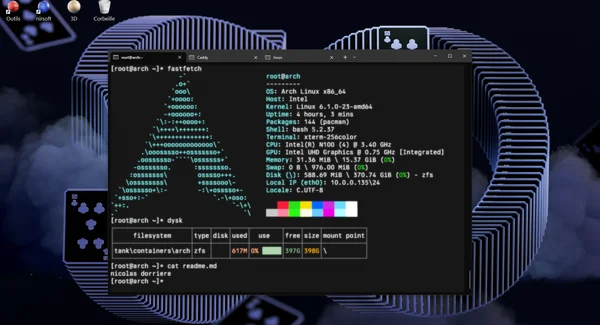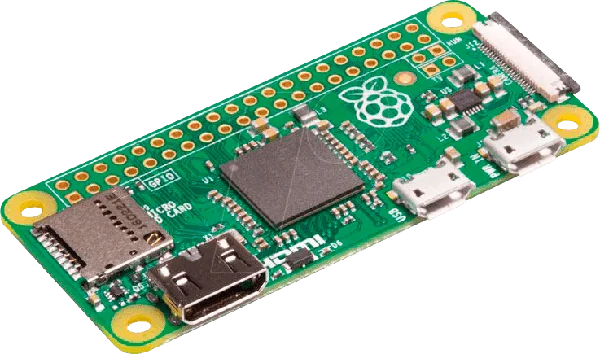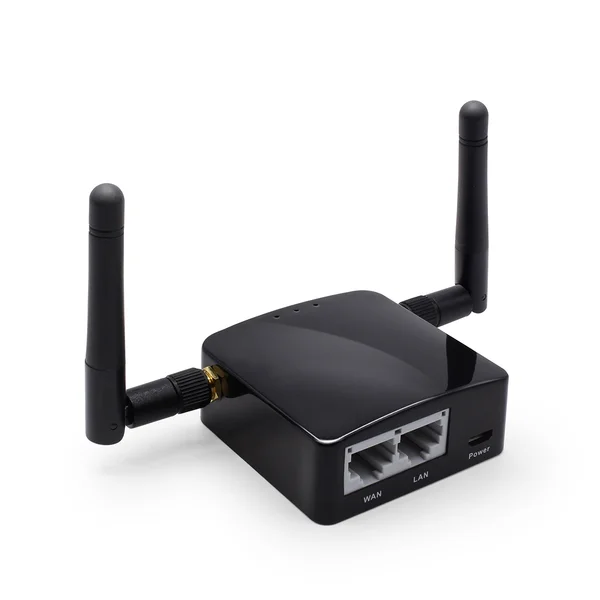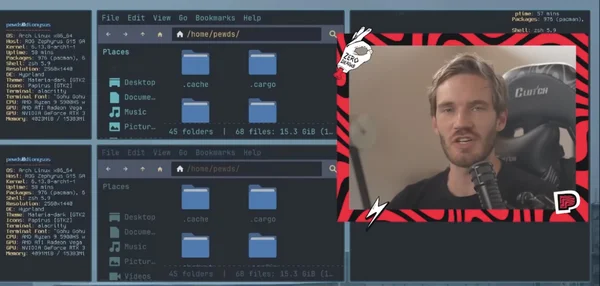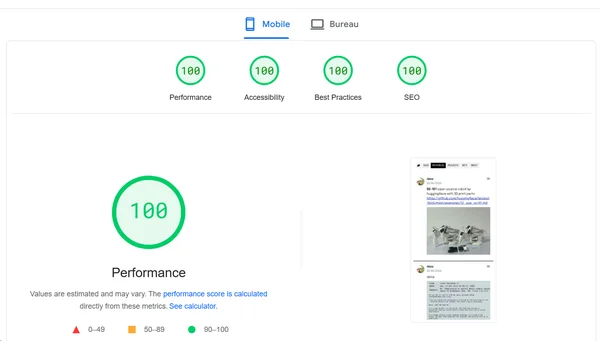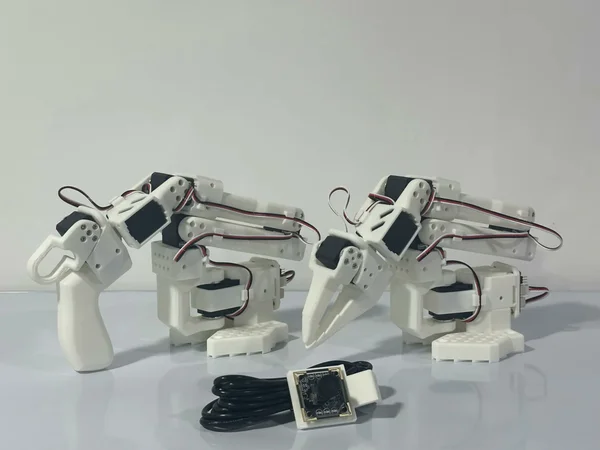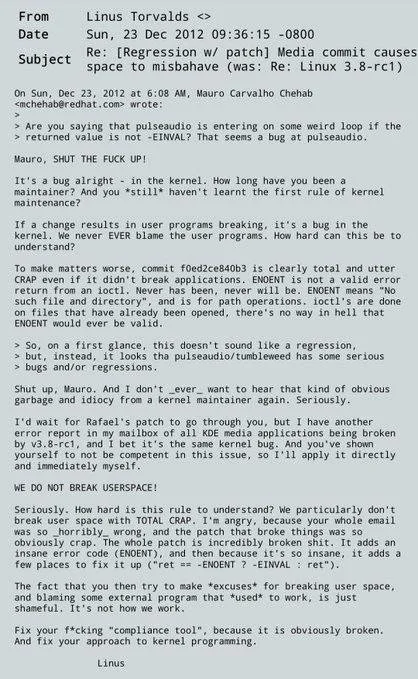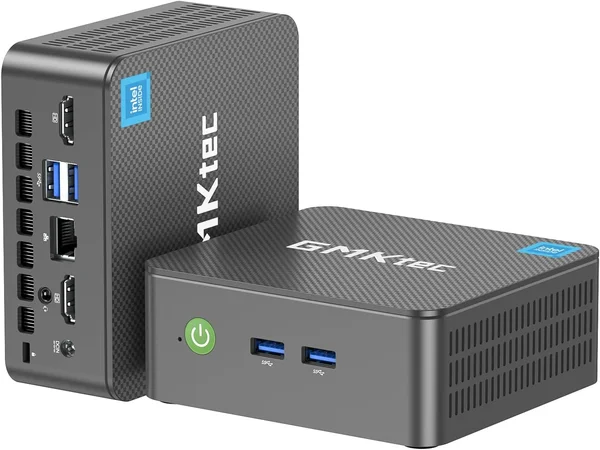As my daily OS, I use Windows, which allows me to take advantage of my Nvidia GPU for live rendering in Blender. For the terminal, I use Windows Terminal with the Berkeley Mono™ Trial font.
Terminal fonts
TX-02 - Berkeley Mono
usgraphics.com/catalog/FX-050
Wallpaper
Microsoft's 50th Anniversary
microsoft.design/wallpapers
I own 4 older Chromeboxes with fairly decent Intel® Celeron® 2955U processors. I could turn them into an Incus cluster or use them for DIY hacking projects, like connecting a USB camera for image recognition, etc. don't know
Hosting static sites with a SQLite-based CMS on a Raspberry Pi Zero 2W — why not?
A pretty nice API for using haptic feedback on iOS. I’m currently using it on my ZEN mode toggle (which removes the navbar and footer to prevent visual distraction). Haptic design should be used wisely — it's not something to apply everywhere, as it might annoy the user. I’ll see if I decide to keep this feature. A good use case would be for like buttons ♡.
https://vibrator.dev/
https://github.com/samdenty/ios-vibrator-pro-max
70k queries were made to my public recursive DNS-over-HTTPS server over the past month.
endpoint : https://doh-own-recursion.nicolas-dorriere.fr/dns-query
Remotely controlling rovers over the internet. Using Raspberry Pi, with video compression optimizations for real-time streaming. DIY assembly to build the robot yourself. Excellent!
vigibot.com
A mini router with very low power consumption, powered by a Qualcomm ARM processor running at 650 MHz. It runs OpenWRT with a GL.iNet interface layer, and can be flashed to install core OpenWRT.
A great little device for DIY hacking projects. GL-AR300M
What this data represents: The probe is positioned in the LXC Caddy container in reverse, so it captures all the upload traffic from each container. Therefore, what we see here is the total upload bandwidth of all the containers combined.
My ISP, Orange/Sosh, offers me 800Mbit of upload. I have limited the upload on my LXC container 'caddy' using 'incus config device override caddy eth0 limits.egress=790Mbit' to avoid saturating the network and to be able to continue managing my system container manager, Incus.
This microblog runs in its own LXC container with the following components: vanilla Python and Jinja for templating.
Each new entry in a PocketBase SQLite database (also hosted in the same LXC container) triggers a build.
I use an MD5 hash-based caching system to avoid full rebuilds—only elements with changed hashes are rebuilt. The build takes just 30ms for 16 entries in my table.
I’m using an Intel N100 processor, and the generation consumes very little electricity ! After the build completes, I stop the LXC container to prevent unnecessary resource waste (primarily systemd).
Big thanks to Stéphane for the Incus project! You're putting an amazing amount of energy into this awesome project—a perfect home for LXC-system containers
https://stgraber.org/
Intel N200 still 6 watts. yum-yum
Pwe Pwe Arch
I had met him by chance with his girlfriend at New York airport during my trip to the USA in 2015
Omakub - custom ubuntu gnome (tweaked) Terminal : alacritty + Zellij
wget -qO- https://omakub.org/install | bash
https://omakub.org/
gpt4o-draw / mod
prompt : A surreal photograph showing two distinct objects: key positioned at the top and brown leaf at the bottom, separated by a thin, floating strip of paper. The paper appears slightly tilted, suggesting a perspective view, and hovers in the middle space between the two elements. The scene is softly lit with natural shadows enhancing the illusion of floating. The background is a textured, warm-toned surface, adding depth and a dreamlike atmosphere to the composition
GMKtec Intel N100 / N150 ~ 6w tdp

